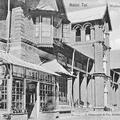Inde Francaise Fabrication de Sacs de Jute [French India Manufacturing Jute Sacks]
Among the few postcards that depict industrial activity, this jute facility was possibly in the French colony of Pondicherry, now the Federal Union Territory of Puducherry.

![Inde Francaise Fabrication de Sacs de Jute [French India Manufacturing Jute Sacks] Inde Francaise Fabrication de Sacs de Jute [French India Manufacturing Jute Sacks]](https://www.paperjewels.org/sites/default/files/styles/square_thumbnail/public/slides/inde-francaise-fabrication-de-sacs-de-jute.jpg?itok=XboOh5en)
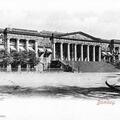
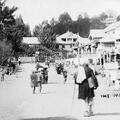
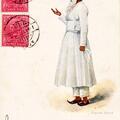
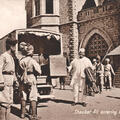
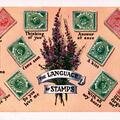
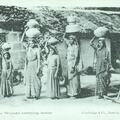
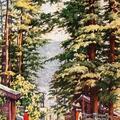
![Singapore - Chinois Coiffeur un Indien [Chinese Dresses Hair of an Indian] Singapore - Chinois Coiffeur un Indien [Chinese Dresses Hair of an Indian]](https://www.paperjewels.org/sites/default/files/styles/square_thumbnail/public/slides/singapore-chinois-coiffeur-un-indien.jpg?itok=wsuufplI)
